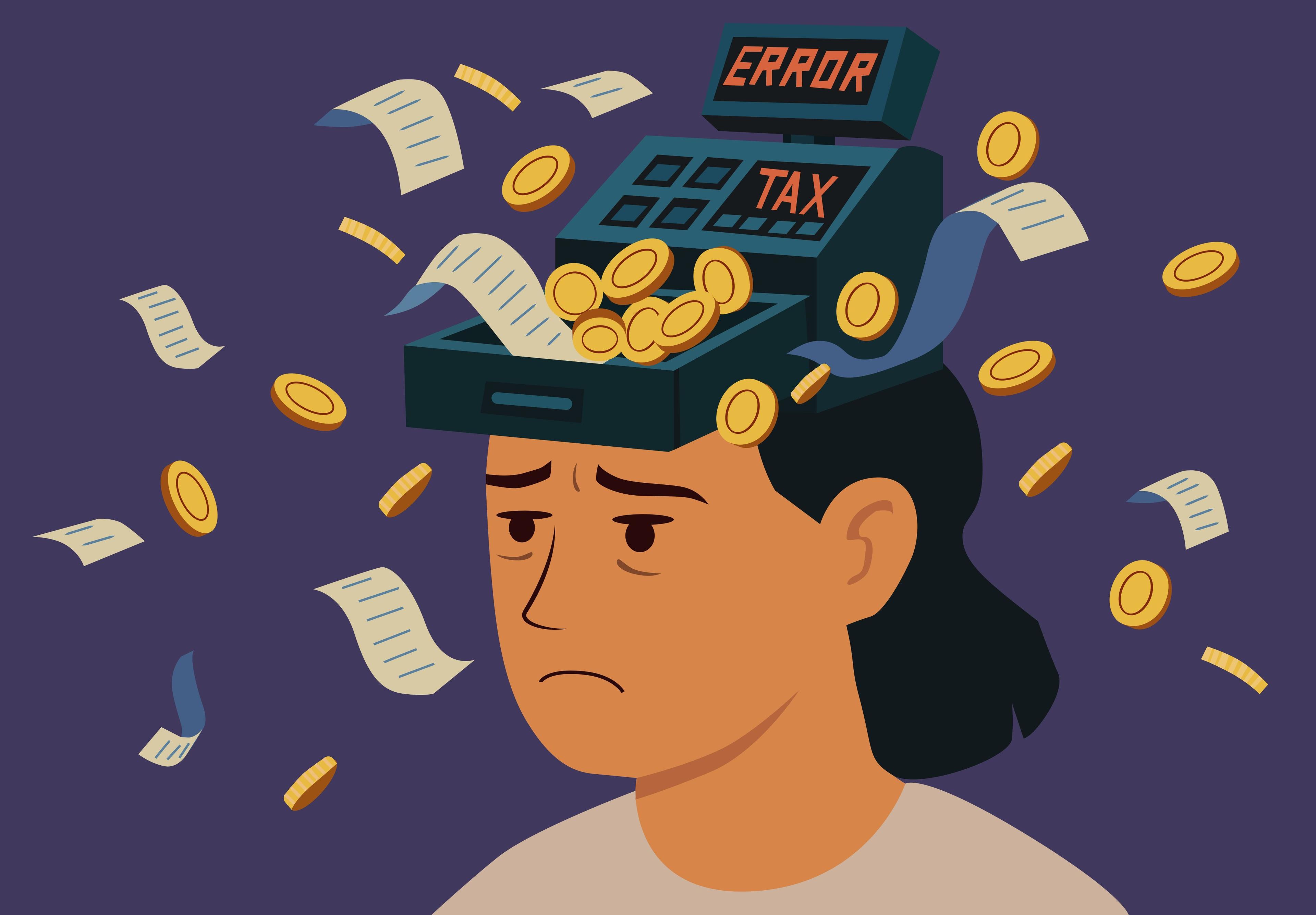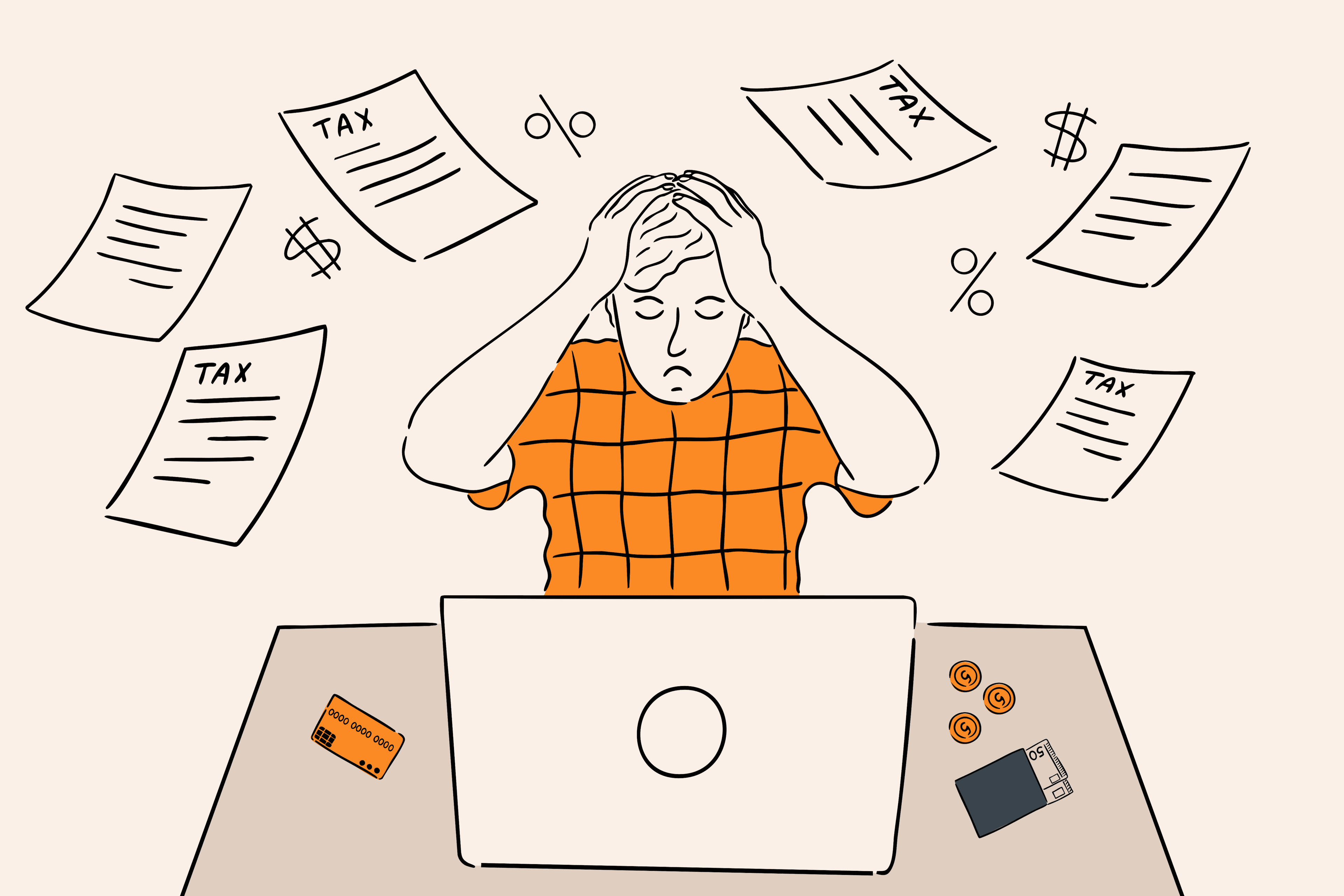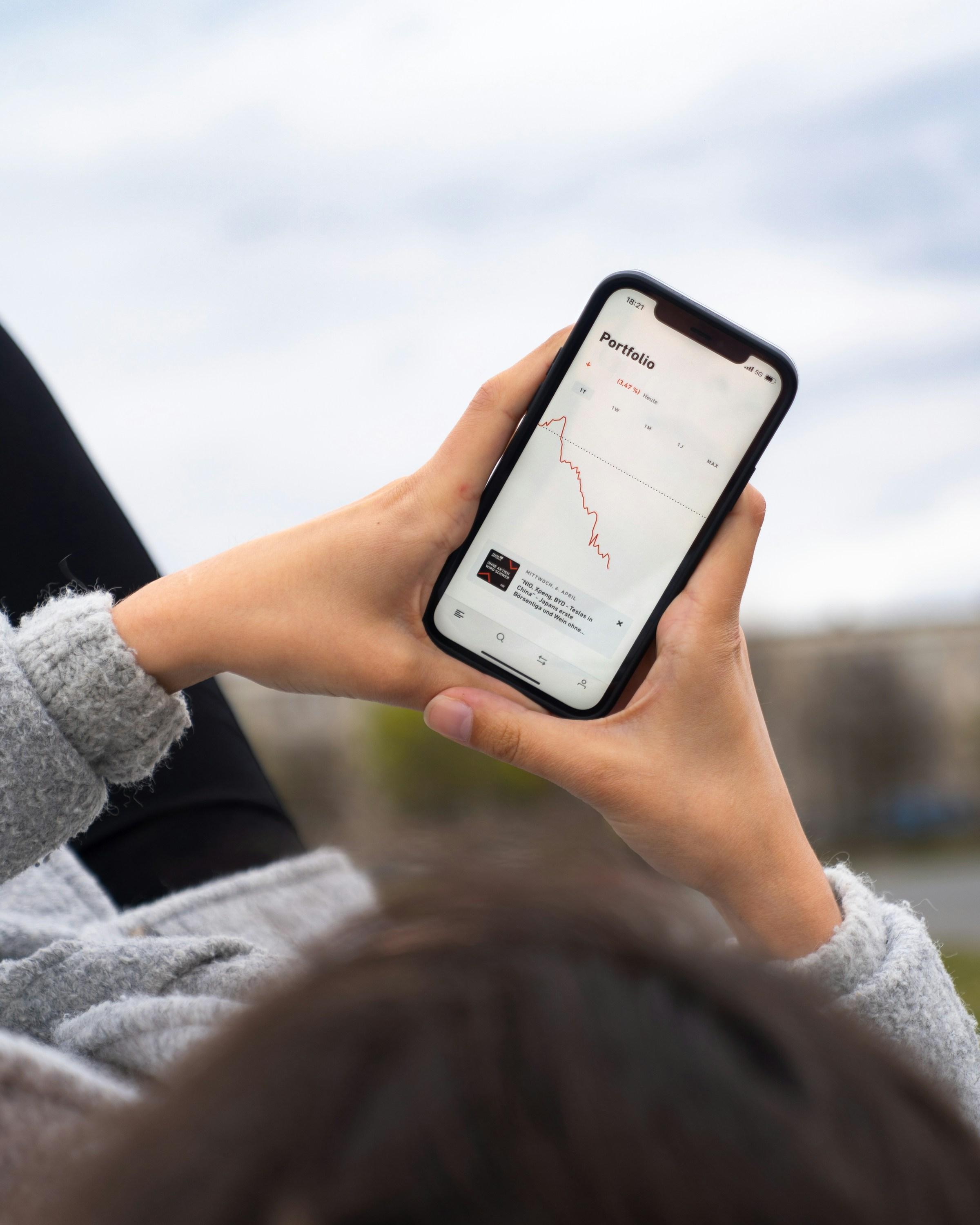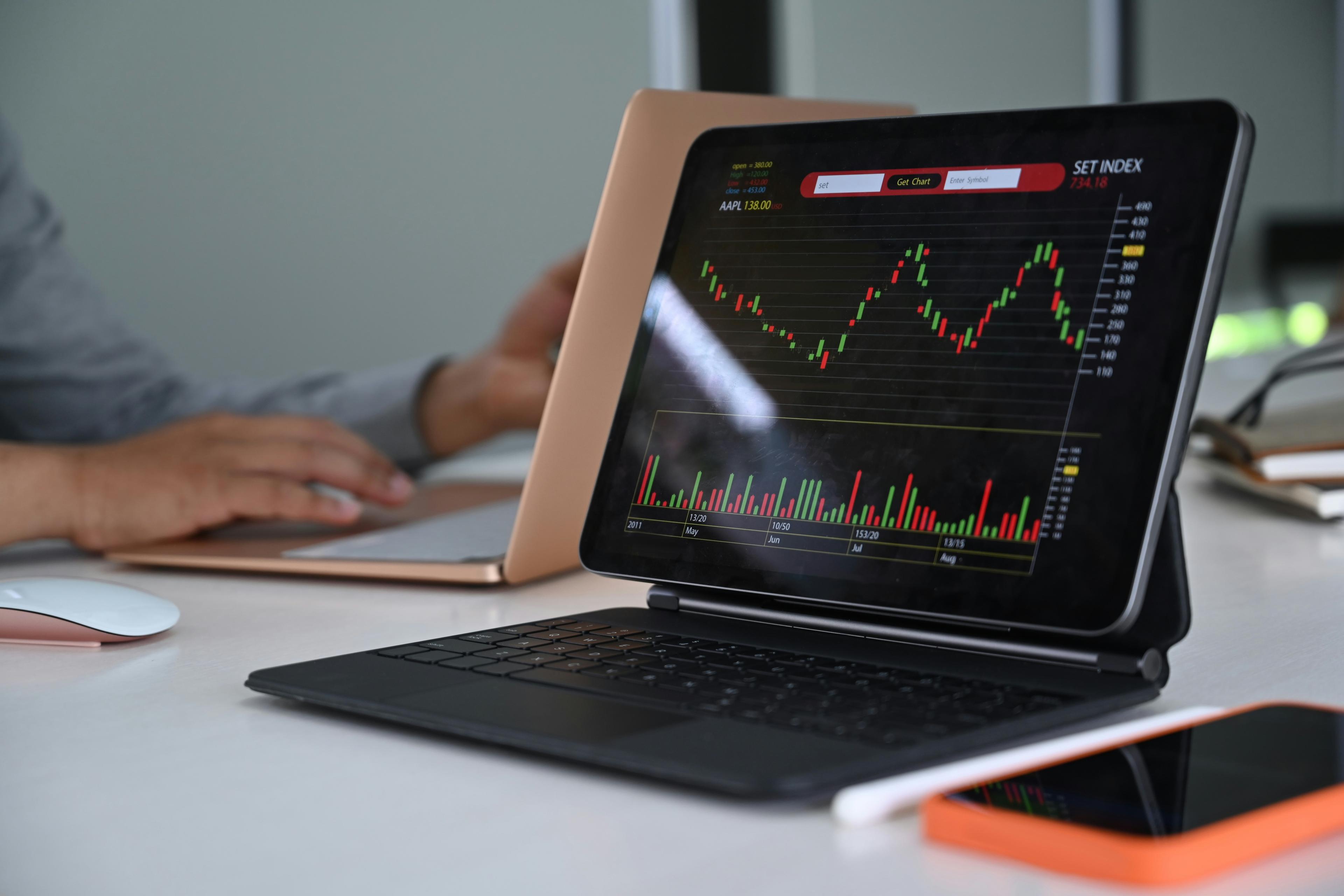I reach for my phone to pay for coffee the way most people now reach for their keys, almost without thinking. It feels elegant to tap, watch the terminal beep, and walk away with a flat white. Convenience has become the story we tell ourselves about money. We want payment to feel seamless, tidy, and instant. As a financial planner, I understand the appeal of a wallet that lives in your pocket and resolves purchases with a glance or a fingerprint. I also understand that convenience can hide costs and risks that do not announce themselves. When spending becomes almost invisible, personal finance can become harder to see. This essay is not an argument to abandon mobile payments. It is a clear look at the disadvantages that live inside an otherwise helpful tool, and a guide to keeping your plan intact while you enjoy the ease.
The first disadvantage is the gap between how safe mobile payments feel and how safe they actually are in daily life. The technology behind most wallets is strong. Tokenization reduces the exposure of your real card number. Biometric locks make casual theft harder. Yet these protections rely on habits and context that are rarely perfect. If you keep your phone unlocked for convenience, or if you approve prompts when you are tired or distracted, the chain of protection weakens quickly. Social engineering has adapted to the mobile age. A text about a missed delivery, a QR code taped near a parking meter, a pop up requesting verification, each is engineered to meet you when your guard is down. It only takes one hurried tap to send you into a recovery exercise that can stretch across several institutions. What makes this disadvantage subtle is that nothing feels wrong at the moment of payment. The frictionless experience invites you to lower your vigilance, and the problem only appears later, when the wrong charge posts or a transfer goes where it should not have gone. Security remains a shared responsibility, not a product you can purchase once and forget.
A second disadvantage is behavioral. The smoother a payment feels, the easier it becomes to spend more than you intended. Cash carries weight. A card asks you to pause for a second while you pull it from your wallet. A phone asks you to do almost nothing. That missing pause can accumulate across a week of snacks, ride shares, and micro purchases tucked inside other apps. Many budgets depend on a light sense of friction to keep discretionary spending in a lane. When that friction is removed, the categories that used to self regulate can quietly expand. It does not feel like overspending. It feels like living. Only later, when a savings transfer fails or a bill arrives, do you notice that the lane lines moved. The disadvantage is not that people lack discipline. The disadvantage is that design can outpace intention. When payment feels like nothing, your brain needs a different kind of feedback to keep the plan on track.
Fees are a third disadvantage that remain harder to see in a world of taps and tokenized cards. A mobile wallet often sits on top of your existing debit or credit card. If that card charges foreign transaction fees, the wallet does not erase them. If a merchant offers dynamic currency conversion, the mobile flow does not always protect you from selecting the more expensive path in a rush. Some wallets require a top up that removes cash from an interest bearing account and parks it in a place that earns nothing. In certain cases, moving money out again attracts a small fee or a delay that turns your own balance into a minor hostage. None of these costs appear during that clean tap at the terminal. They appear in the statement later, when the transaction is already complete. The disadvantage here is the lack of price transparency at the moment when you could have chosen differently.
The fourth disadvantage is practical and mundane. Outages happen. Your phone depends on a battery and a network. The terminal depends on its own connection. The payment rail depends on systems that occasionally fail. When any of these layers go down, the transaction fails. For most people this is an annoyance. For some, it becomes the spark that derails a day. No parking, no train ride, no groceries at the checkout, each becomes a time sink that ripples into work and family obligations. Mobile payments concentrate your ability to transact into a single device. That centralization is convenient on good days and fragile on bad ones. A simple physical backup, such as a spare card and a small amount of cash, reduces that fragility. The disadvantage appears only when the backup is missing.
Disputes and refunds form a fifth disadvantage that many people notice only when they need help. Mobile payments add layers to the path your money takes. A ride share charge may sit inside an app wallet that draws from your card. A delivery refund may belong to the platform rather than the restaurant. A subscription may renew through an app store rather than the service you use. When something goes wrong, this path matters. You might need to start with the app, then the merchant, then the card issuer. Each may ask you to return to the other. Timelines and evidence requirements can differ. If the wallet holds stored value, your protections may follow e money rules rather than the familiar chargeback procedures that many credit card holders rely on. The disadvantage is the time and attention required to navigate a map that looked simple until a problem appeared.
Privacy is the sixth disadvantage, not in a sensational sense, but in the slow and cumulative sense that matters for everyday life. Mobile payments produce data about where you are, what you buy, and when you buy it. Portions of that data improve fraud detection. Other portions fuel marketing and optimization that nudges you toward certain behaviors. The coffee app that remembers your order and the grocery app that pushes time limited coupons might feel helpful. They may also shift your spending toward patterns that benefit the merchant more than your plan. Over time, these nudges can raise your baseline without your consent. The disadvantage is not that companies collect data. The disadvantage is that the flow of data increases spending pressure in ways that are hard to see, and therefore hard to resist.
Fragmentation is the seventh disadvantage. The more you rely on mobile payments across contexts, the more likely you are to collect several wallets and app specific balances. One for transport, one for peer to peer transfers, one for utilities, one for a favorite marketplace, and one or two tied to specific loyalty schemes. Each carries its own limits, top up rules, and refund policies. Each holds a small balance you meant to clear but forgot. Each has a password you set during a busy moment and did not write down. Fragmentation inflates the cognitive load of managing your money. It raises the chance that you will miss a renewal, incur a late fee, or double pay a bill. It also dilutes the clarity of your cash flow, which makes planning harder than it needs to be.
Family use introduces an eighth disadvantage that has more to do with structure than with technology. Many parents find it convenient to link a card to a teen’s phone for allowance or to simplify school spending. With clear limits and visibility, this can be a useful teaching tool. Without structure, it can create conflict and surprise charges. In app purchases are designed to be smooth. Subscriptions renew quietly. A friend group can normalize spending that outpaces your family’s priorities. The disadvantage is not the teen. The disadvantage is that a frictionless system requires explicit rules to produce healthy outcomes. The same applies to older relatives who rely on a caregiver to set up a wallet. If the person who understands the setup moves away or changes phones, the person left behind may not know how to update cards, reset passwords, or recognize a phishing attempt. In both directions of the family tree, mobile payments can shift risk to the person with the least technical support.
Preloaded balances create a ninth disadvantage that I would call a liquidity illusion. A wallet balance feels like cash. It looks spendable. In reality, it is a claim on an issuer with rules that may limit transfers back to your bank. Promotional credits can expire. Some balances can only be spent inside a narrow ecosystem. If you keep meaningful sums inside these pockets, you are extending an interest free loan to the platform while possibly carrying debt elsewhere at a high rate. This is not efficient. It is easy to overlook because the amounts are small and scattered. The disadvantage emerges when you step back and realize how many small balances you maintain and how rarely you use them.
Subscription creep rounds out the set. A mobile world makes it pleasant to start trials and add small services that promise marginal gains in calm or productivity. A storage upgrade, a news bundle, a children’s game, a meditation app, a specialty photo tool, each is priced to feel like a rounding error. Together, they can exceed the cost of a major monthly commitment. Cancellation is often possible but not urgent, which means it falls behind other tasks. The disadvantage here is the slow, steady rise of your fixed costs. It reduces your flexibility. It makes a tight month tighter. It hides inside a stream of low friction transactions that feel harmless in isolation.
All of these disadvantages share a pattern. Mobile payments reduce friction at the moment of purchase. That is the usefulness and the trap. Reduced friction helps you move through a busy life. Reduced friction also makes it easier to spend without feeling the weight of the decision, to accept fees you did not see, to collect fragments, and to postpone small bits of maintenance that keep a plan healthy. None of this means mobile payments are bad. It means they are powerful and should be used with structure.
If you want a practical way to hold the benefits while limiting the downside, begin with visibility. Real time alerts for transactions reintroduce a moment of feedback without adding much work. A weekly review that looks back at yesterday’s taps, rather than waiting for a month end statement, keeps the connection between choice and consequence fresh. Keep your primary spending in a single lane, such as one card with strong protections and fair foreign terms. Link that card to your wallet if you value the tap experience, but carry the physical card as a backup alongside a small amount of cash. Use other lanes only on purpose. Bank transfers for rent and utilities. Peer to peer apps for splitting bills with friends, with balances kept near zero. Travel cards for trips, with a deliberate test purchase to confirm how currency conversion settles. These simple choices do not fight technology. They guide it.
Next, prepare for the two bad days that matter most. The first is device loss. Write down a simple recovery plan that includes how to lock and locate your phone, how to remove cards from a lost device, and who can help if you cannot access your accounts. Store printed backup codes in a safe place. Practice the steps once so they are familiar. The second bad day is a dispute about a charge. Save screenshots at the moment when something goes wrong. Open a ticket through the app first if the issue is platform specific. If you escalate to your card issuer, do it with dates, times, and reference numbers in hand. These habits take minutes and return peace of mind.
Finally, manage the quiet costs. Audit wallets and app balances at the change of each season. List what exists, why it exists, and whether it still serves you. Sweep excess funds back to an account that works for your goals. Review family settings before school holidays or travel periods, when spending patterns change. Scan statements for subscriptions that no longer match your current season of life and cancel them without guilt. You are not failing a commitment when you stop paying for an app you no longer use. You are aligning spending with values.
When you peel away the marketing stories and the technology glow, money remains a relationship between what you value and how you act. Mobile payments are tools that can make the acting part smoother. They can also make the seeing part harder. The disadvantages of mobile payments appear when the tool becomes invisible. They shrink when you return a small amount of attention to the flow of your payments and the structure around them. If you can still see your money clearly while using your phone to pay for almost everything, then the tool is working for you. If your money has become cloudy, the fix is not to retreat to cash. The fix is to restore visibility, reduce fragmentation, and keep a simple backup for the rare bad day. The goal is not to win an argument about technology. The goal is to keep your life moving while your plan stays steady.



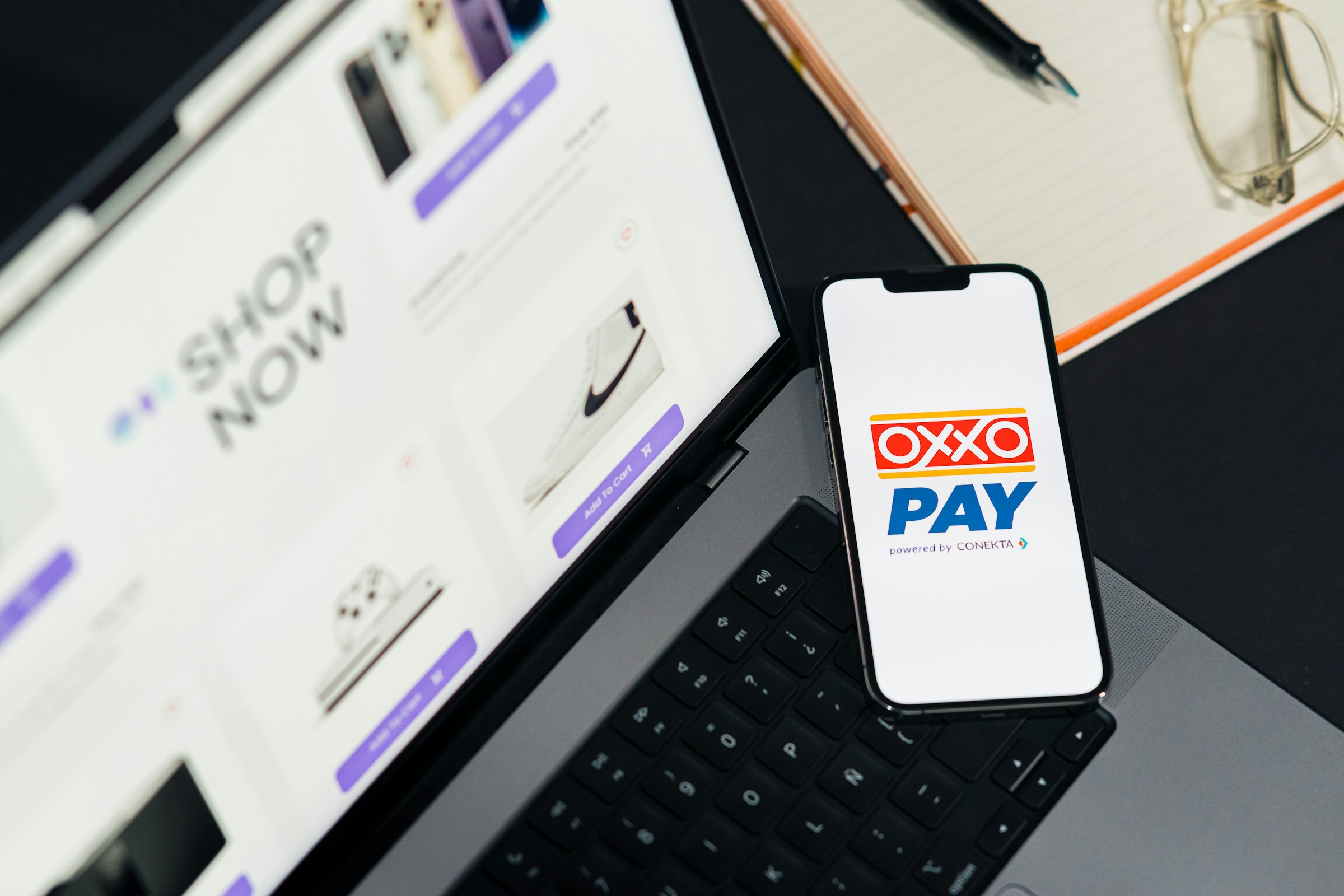
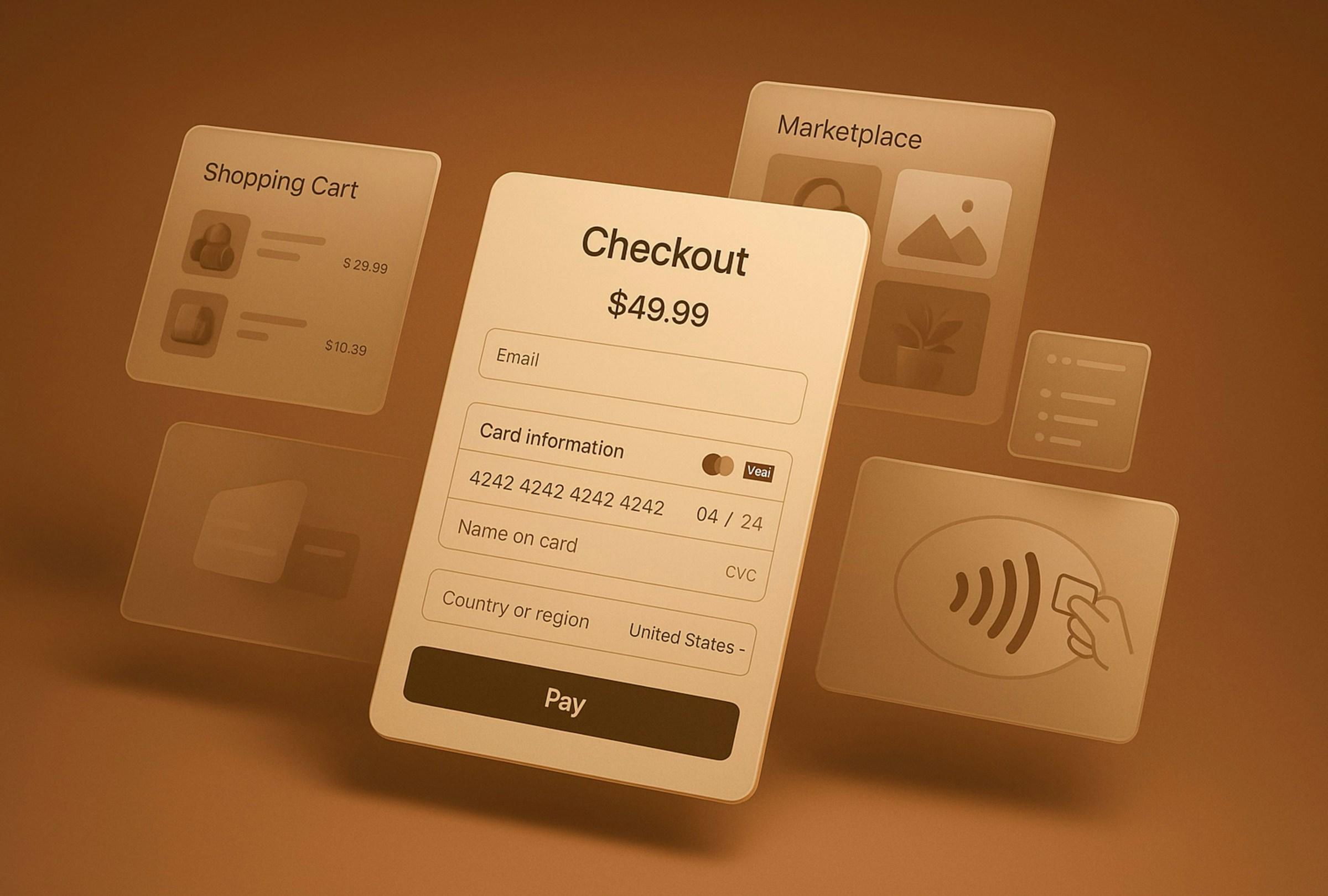
.jpg&w=3840&q=75)
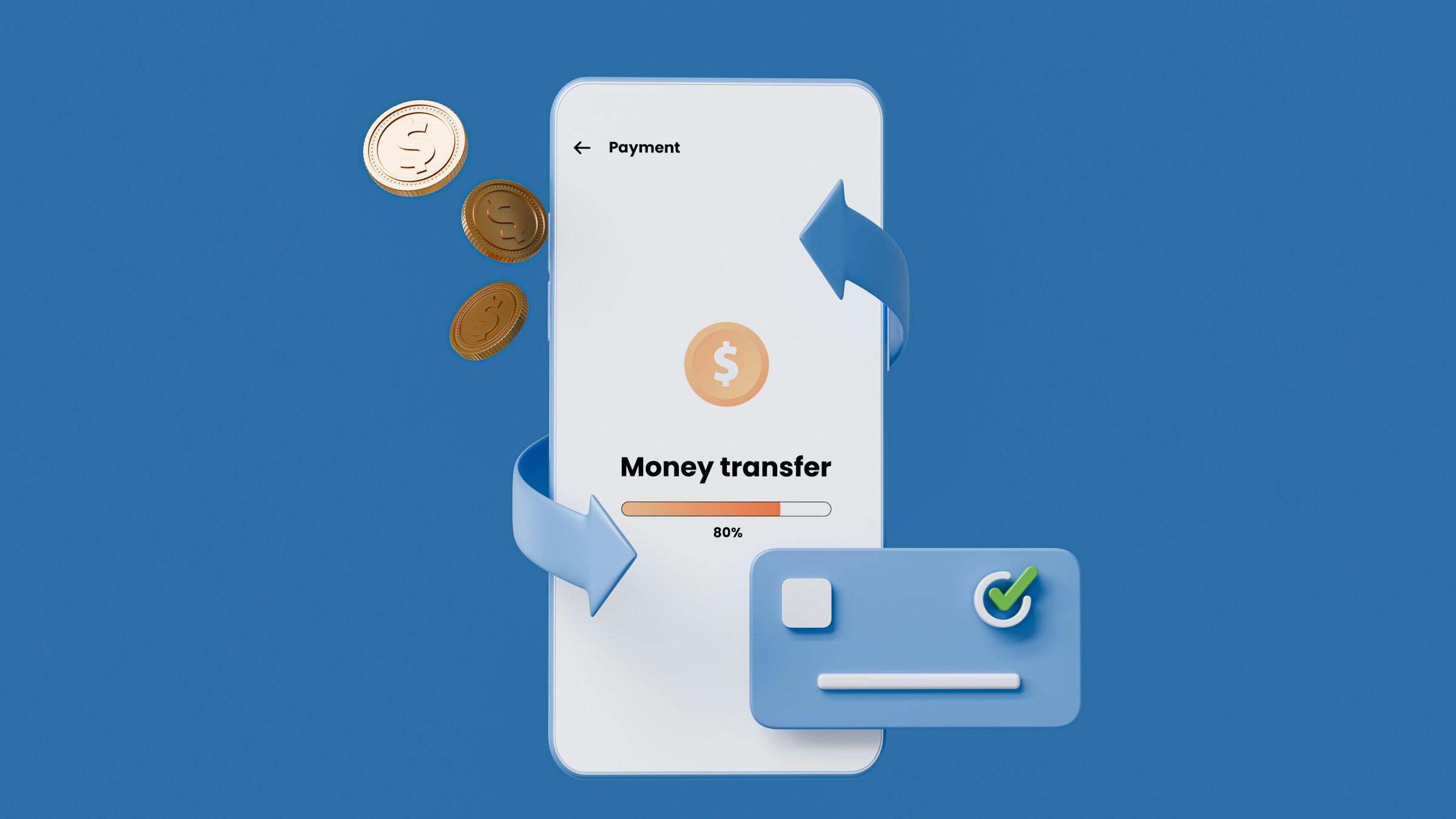
.jpg&w=3840&q=75)
